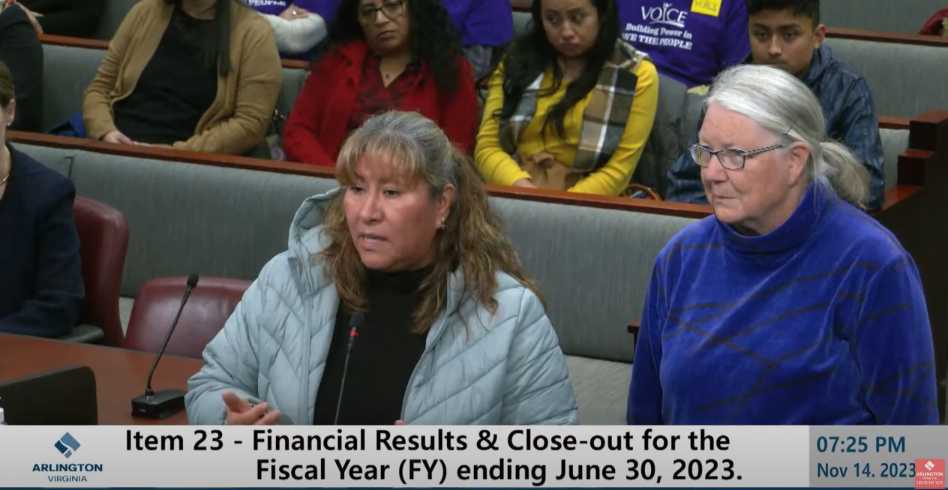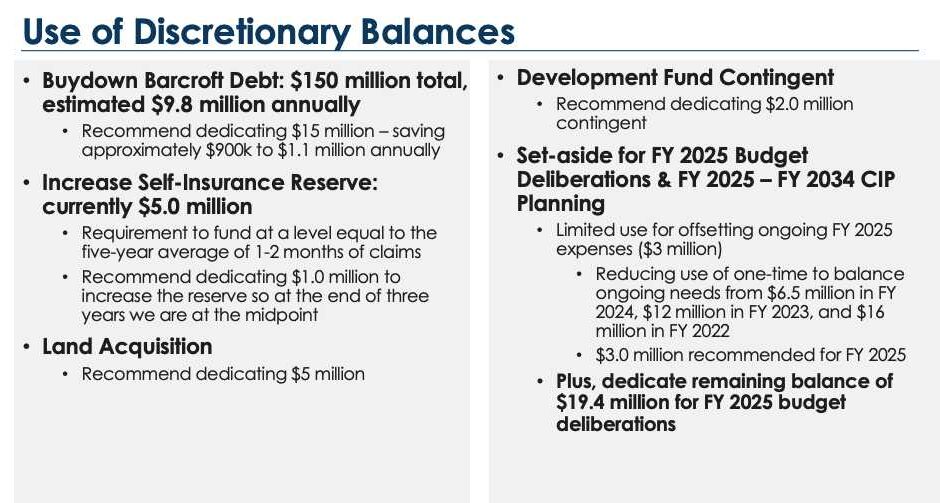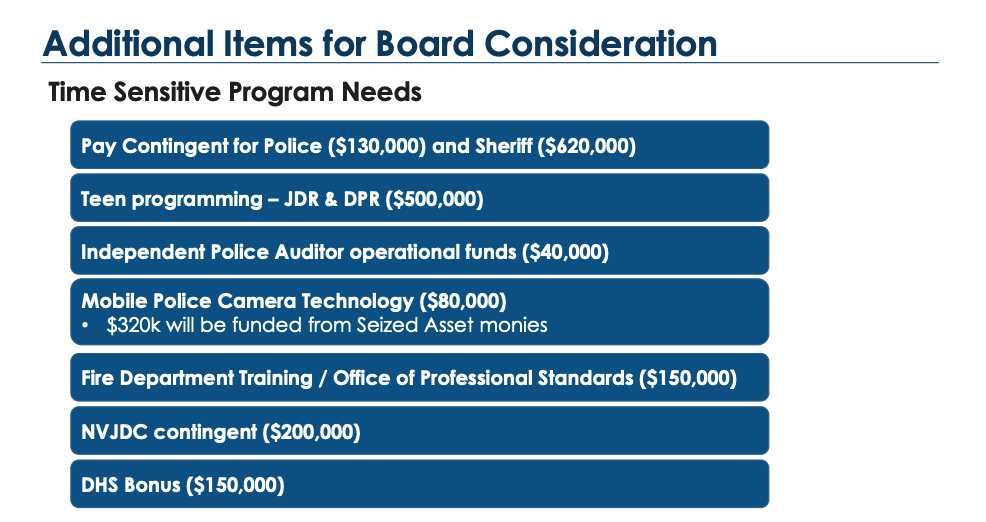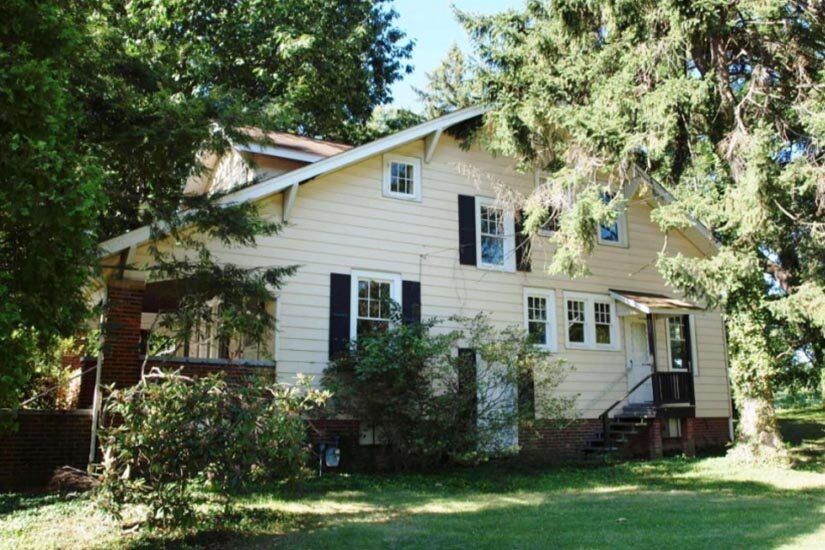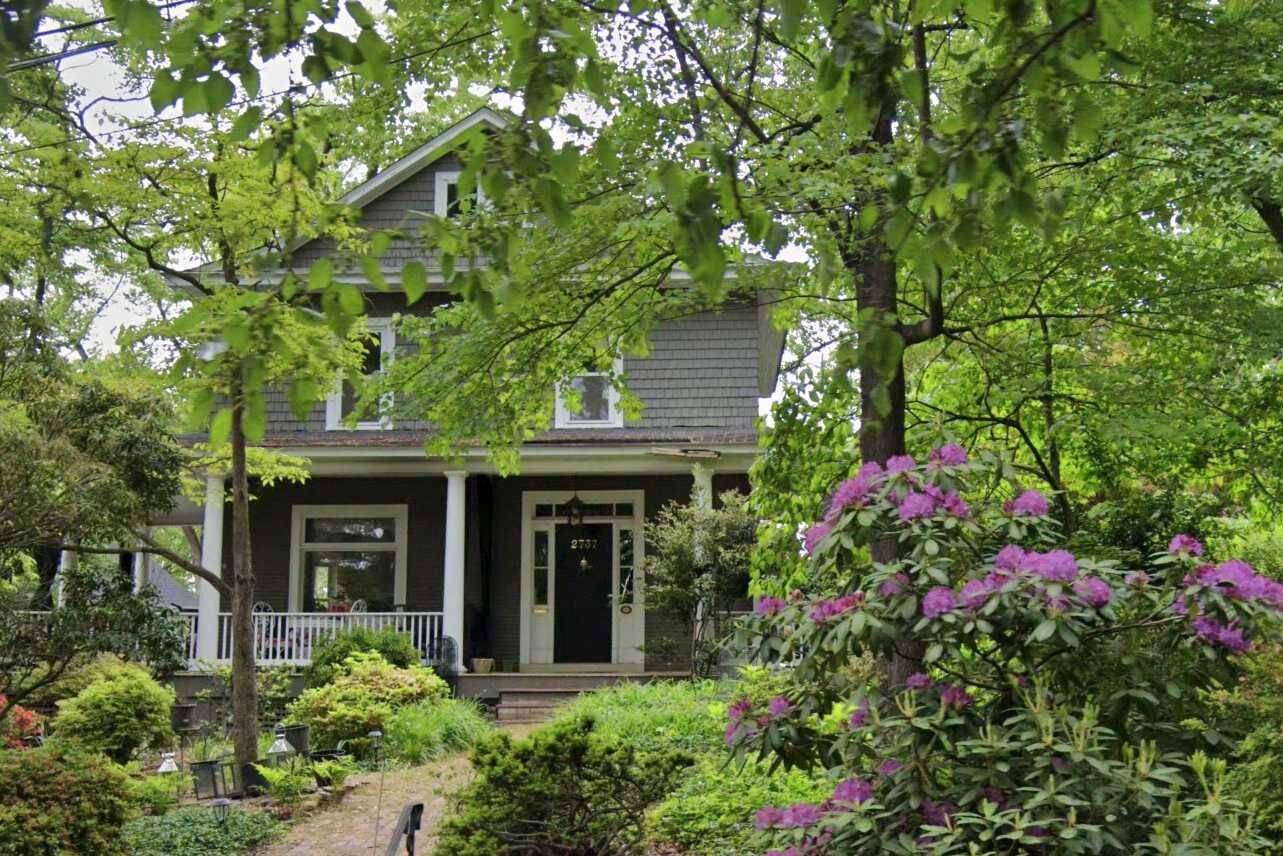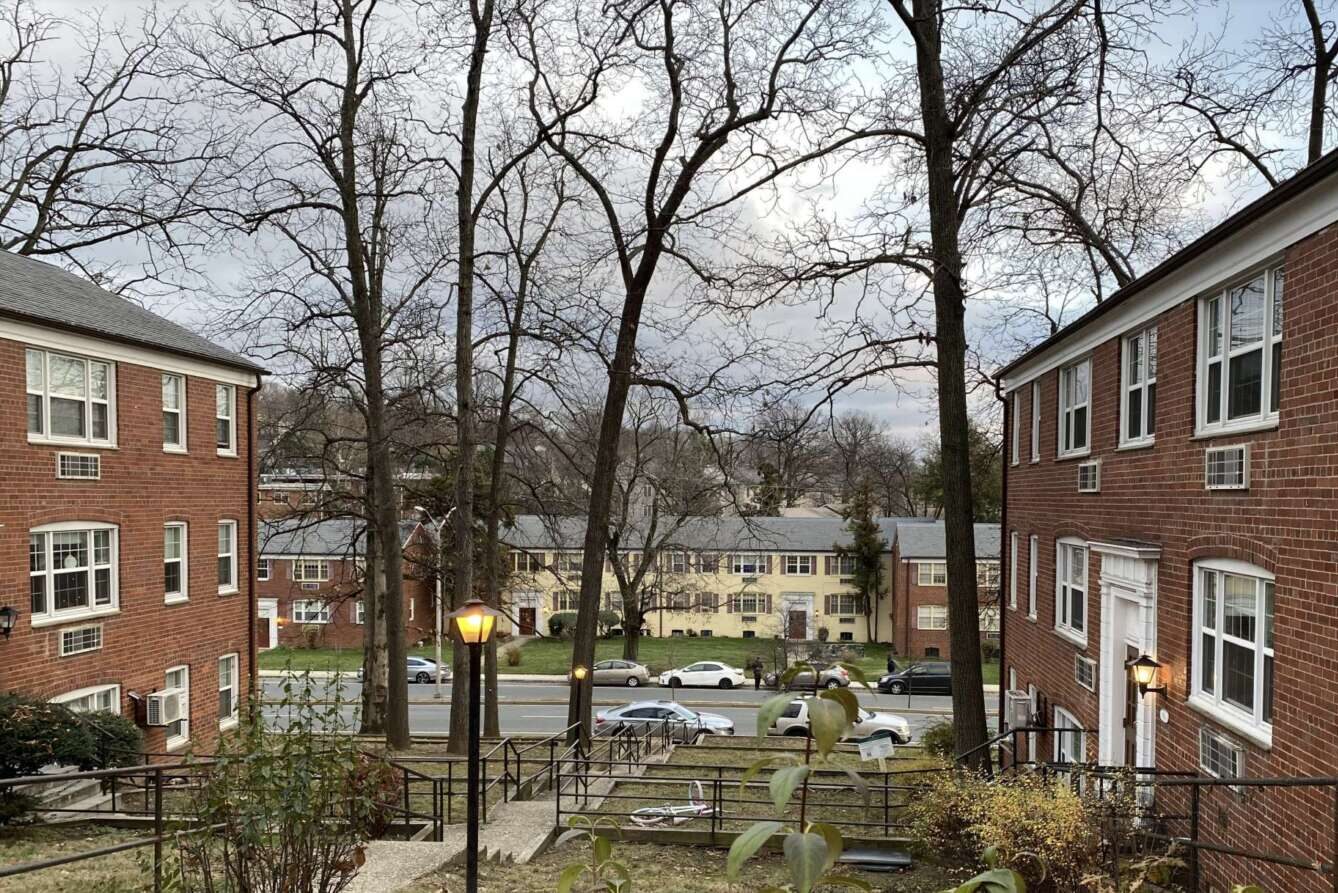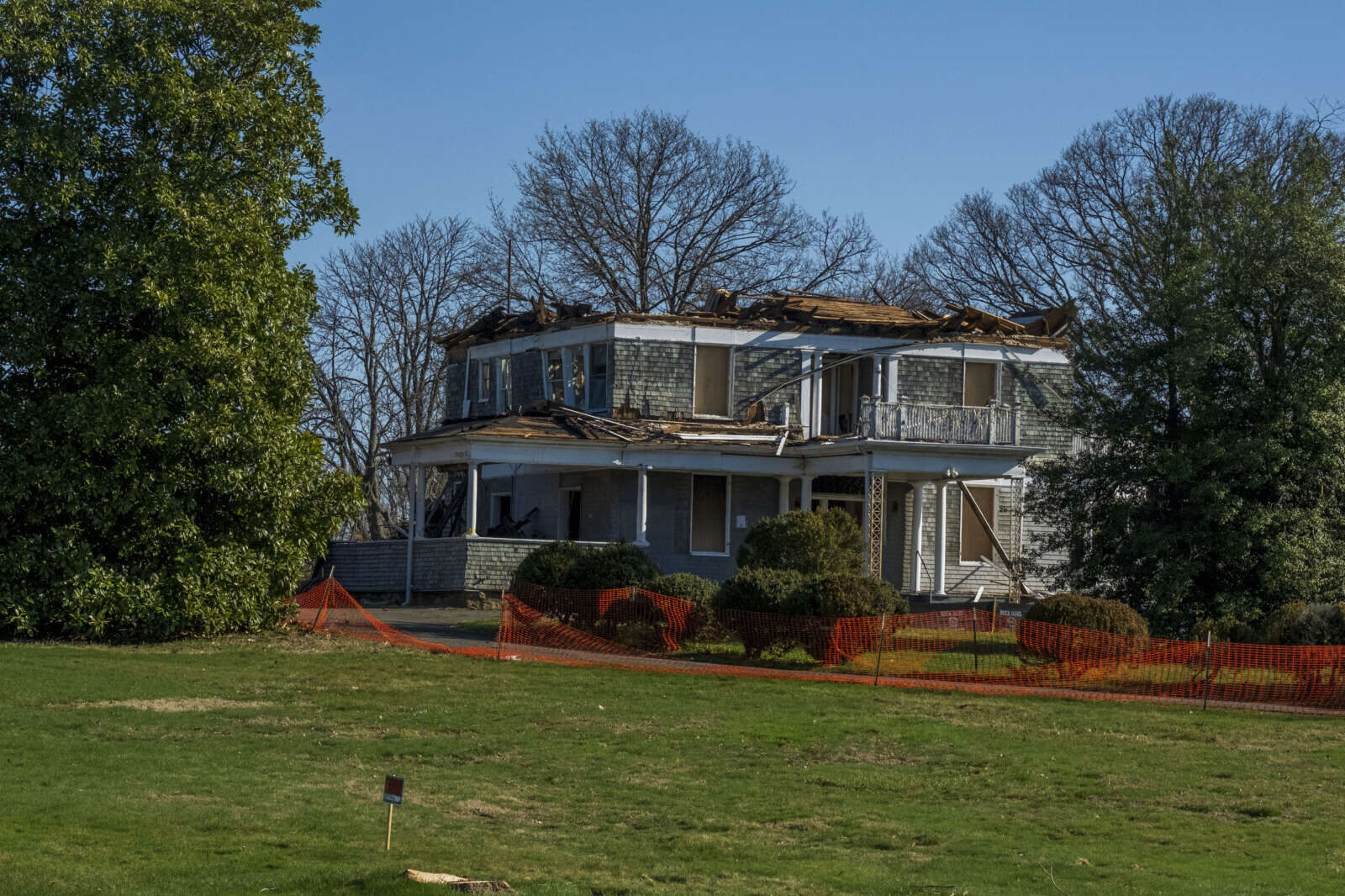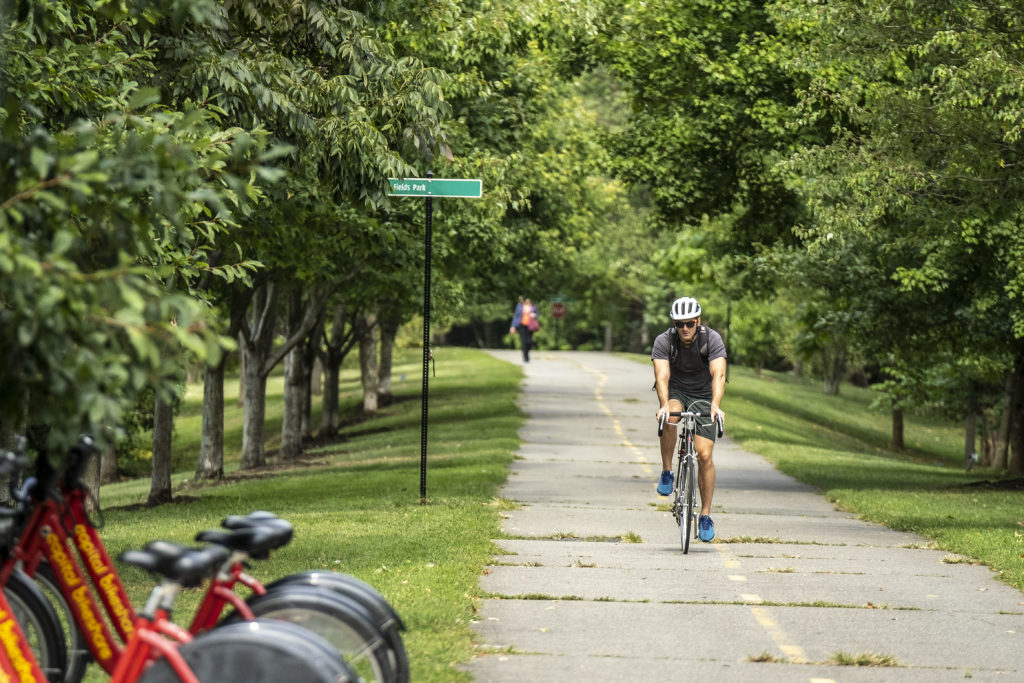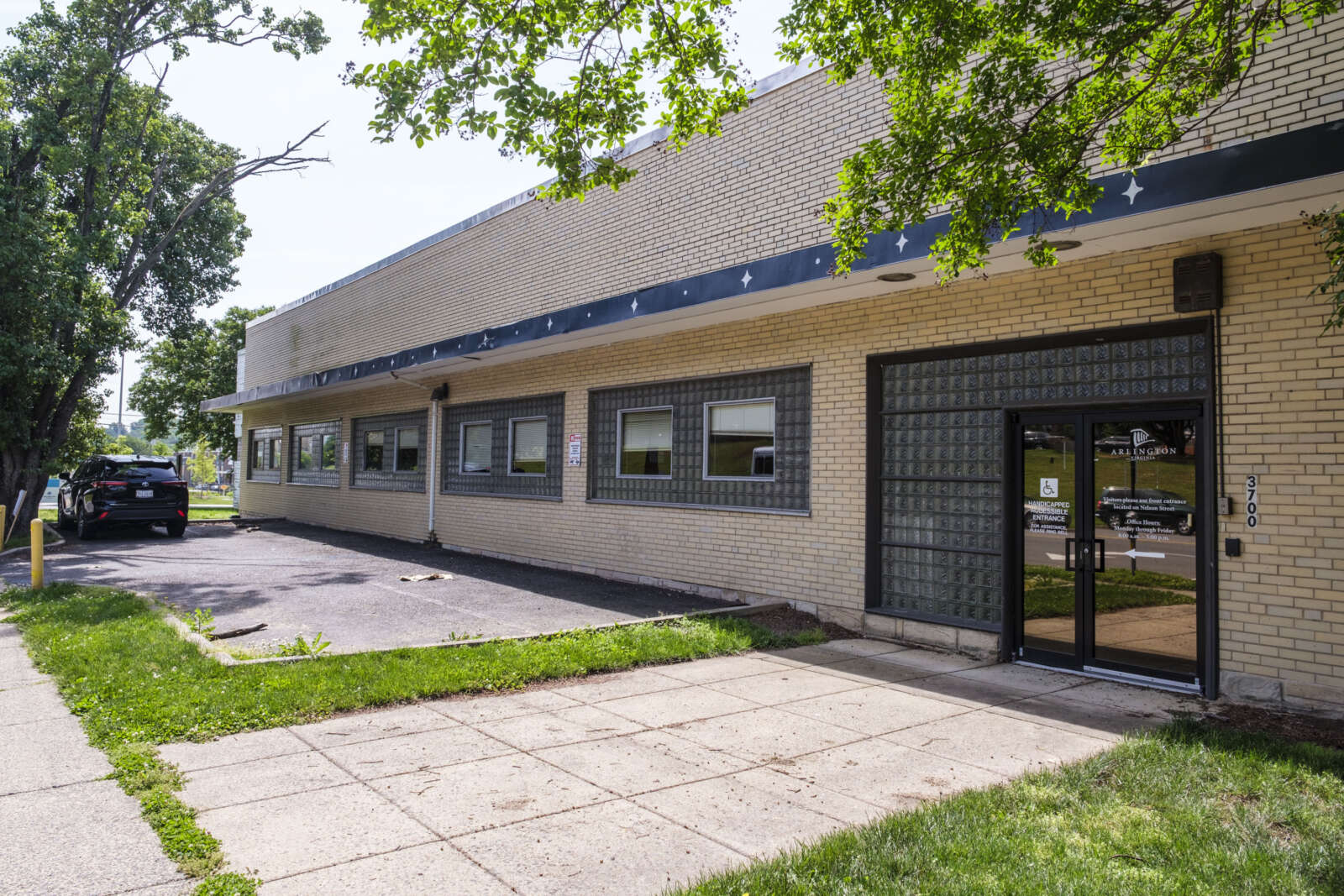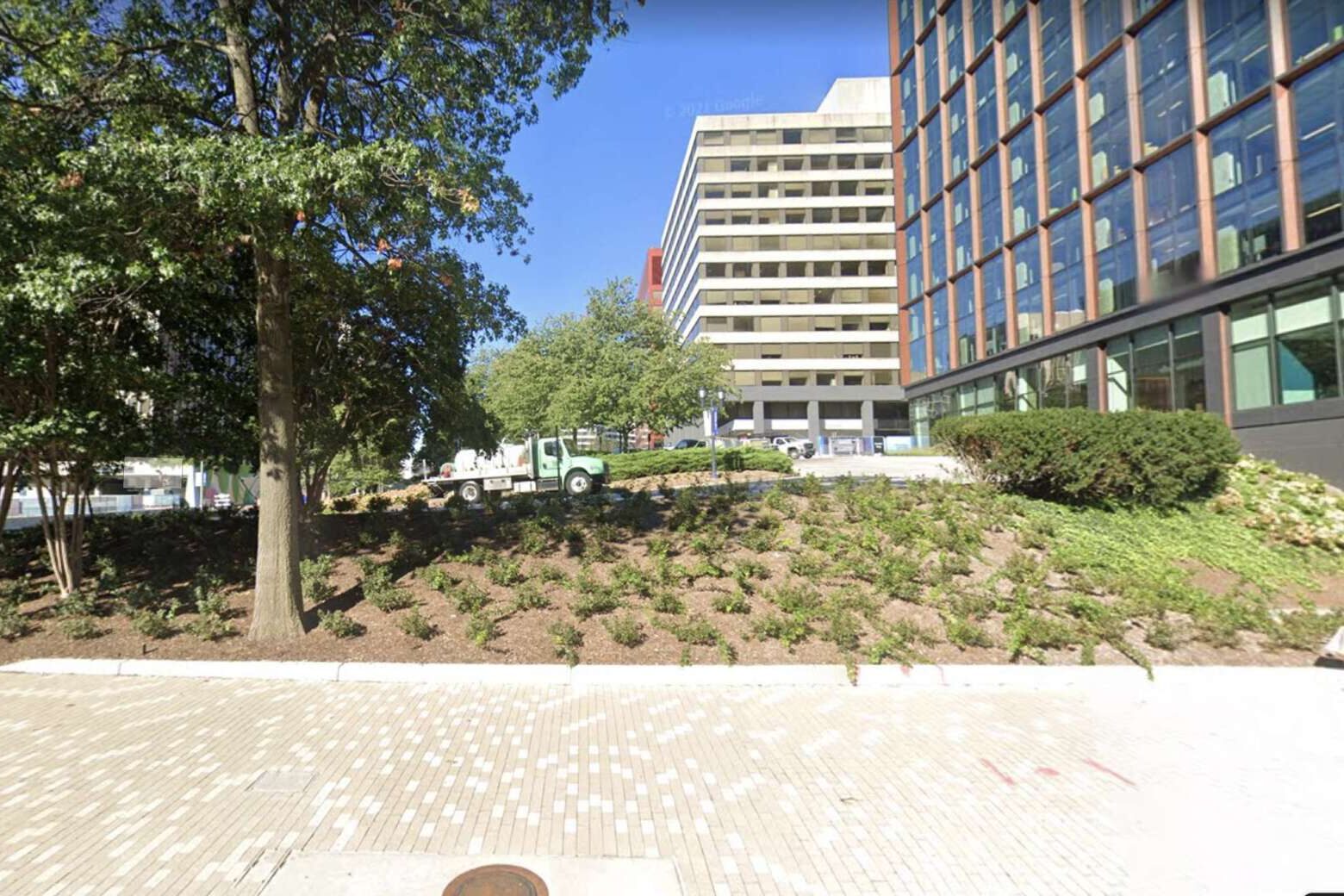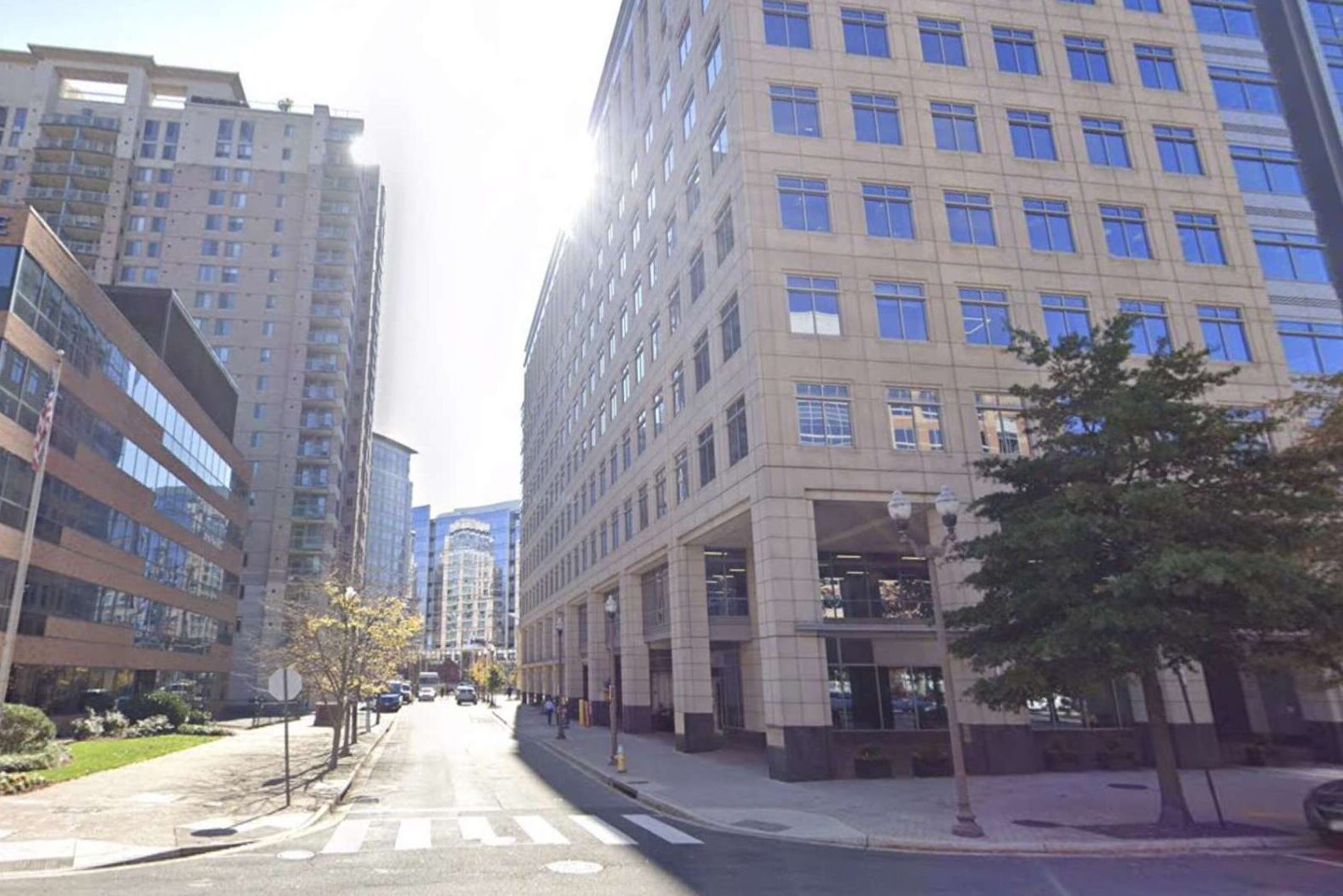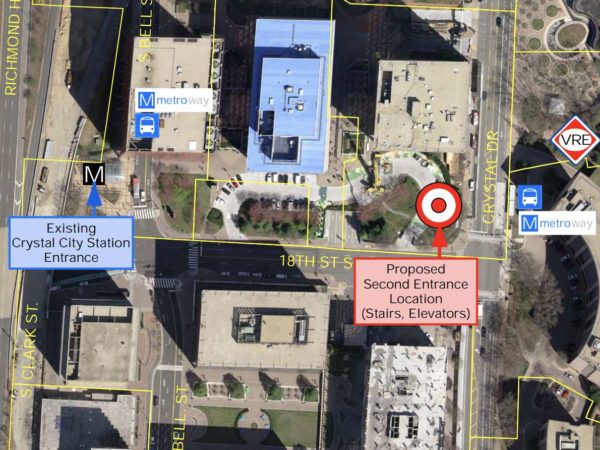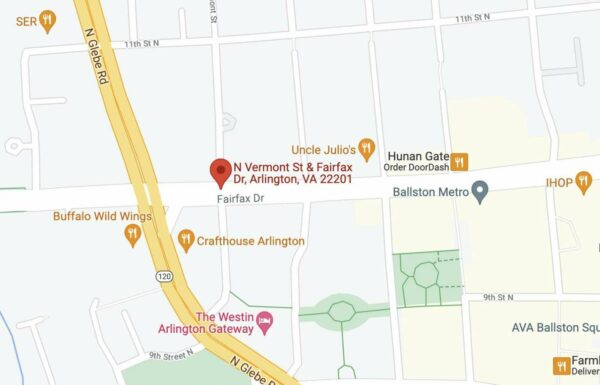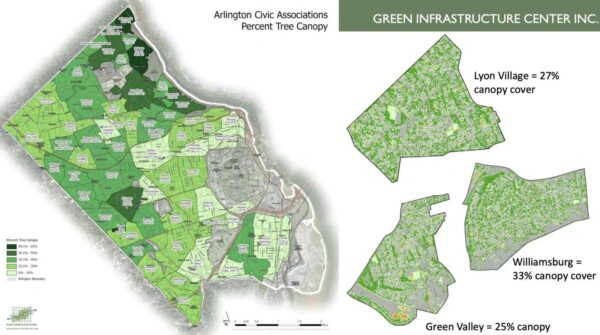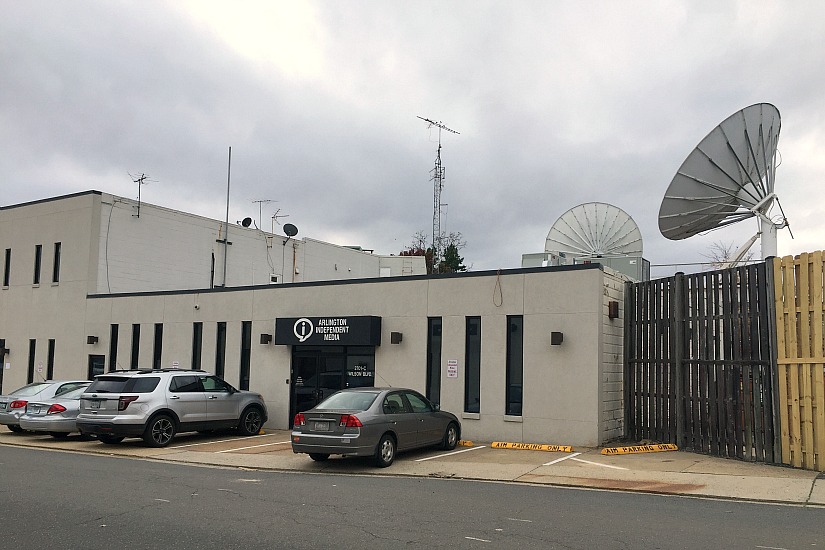
Arlington’s local radio station has been playing the same music on repeat since December.
The continuous lo-fi beats, noted by listeners more than a month ago, are a result of aging equipment and financing delays complicating Arlington Independent Media‘s move into a new office building that is home to a transmitter critical to AIM’s operations.
The nonprofit community media outlet — which has TV and radio programming and offers media training courses — is mid-way through its move from its Clarendon outpost at the corner of N. Danville Street and Wilson Blvd, behind the Beyond Hello dispensary, to a new location at 2300 Clarendon Blvd.
Staff packed up and stored all AIM’s non-technical equipment in its new Green Valley outpost while its TV and radio broadcasting equipment sits in the lobby, awaiting contractors who can rewire it in 2300 Clarendon Blvd, a new space dubbed AIM Live!
It is a point of consternation for Alvin Jones, the station manager for the community media outlet’s radio station, WERA 96.7 FM.
“It’s been frustrating,” he told ARLnow. “I don’t get to hear, when I’m in my car, the great programming 50 producers are putting out.”
Still going strong! @RadioArlington same 1 hour show for 2 months!!! https://t.co/UVu2FrRC6S
— SRtwofourfour (@SRtwofourfour) January 24, 2024
Former radio show producer Bennett Kobb says he has noticed the same music playing since Dec. 1, 2023. The beats are intended as a backup when interruptions arise, whether that is due to a power outage, a delayed DJ or problems with a station computer, he said.
“It is not permitted to broadcast ‘dead air’ for any significant length of time, that is, a radio signal with no content and no station identification,” he said. “Many radio stations have such arrangements in place… But this was never intended to go on for weeks as it has.”
As of Jan. 12, he had not heard of any communications to the public explaining what was going on. AIM did ultimately provide an update that listeners should expect the radio to go silent on Jan. 20, followed by TV on Jan. 24, as a result of the move. The post noted listeners “will continue to hear music through our transmitter on WERA 96.7 FM.”
The reason for the prolonged continuous loop is because the equipment that relayed microwave signals from AIM’s Clarendon location to the transmitter at 2300 Clarendon Blvd went down, says Jones. AIM will not need this equipment once it is set up in the same building as the transmitter. Jones likened fixing it before the move to upgrading the tires on a car just before trading it in for a new vehicle.
AIM originally had until Dec. 31, 2023, to move out but now predicts that full move-out will happen next week. The delays come down to finances, according to Jones and AIM CEO Whytni Kernodle.
They say they are waiting for Arlington County to approve the rest of a funding request from November for Public, Educational and Government (PEG) funds — subscription revenue that the county receives from franchise agreements with Comcast and Verizon.
These funds only cover capital expenses, which include hiring contractors to take down and rewire equipment.


